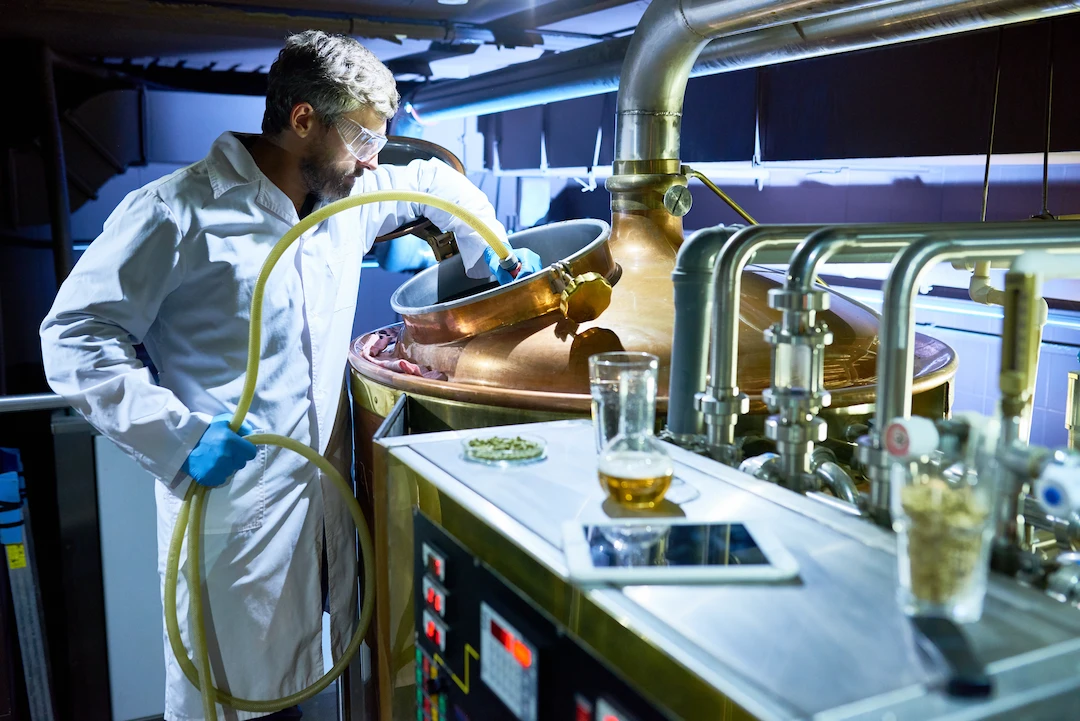The food and beverage industry has a rich and fascinating history that dates back thousands of years. From the earliest agricultural practices to the modern globalized market, this industry has evolved significantly, influenced by cultural, technological, and societal changes. In this article, we will take a journey through time to explore the captivating history of the food and beverage industry.
Ancient Origins:
The roots of the food and beverage industry can be traced back to ancient civilizations. Early humans relied on hunting and gathering for sustenance, but as communities settled and agricultural practices emerged, the production of food became more organized. Cultivation of crops, domestication of animals, and the development of cooking techniques laid the foundation for the industry’s growth.
The Rise of Trade and Exploration:
With the advent of trade routes and exploration, the food and beverage industry witnessed significant advancements. Spices, herbs, and exotic ingredients traveled across continents, leading to the discovery of new flavors and culinary traditions. The spice trade, for instance, played a pivotal role in shaping the global food landscape and sparked exploration efforts to seek out new trade routes.
Industrial Revolution and Food Processing:
The Industrial Revolution in the 18th and 19th centuries brought transformative changes to the food and beverage industry. Advancements in machinery and technology revolutionized food processing and preservation methods. Canning, refrigeration, and pasteurization techniques extended the shelf life of perishable goods, leading to the mass production and distribution of food and beverages.
Rise of Fast Food and Chain Restaurants:
The mid-20th century witnessed the rise of fast food and chain restaurants, transforming the way people eat. Fast food chains like McDonald’s introduced standardized menus, efficient processes, and quick service. This marked a shift towards convenience, affordability, and uniformity in dining experiences, shaping the modern food service landscape.
Organic and Sustainable Movement:
In recent decades, there has been a growing emphasis on organic and sustainable practices in the food and beverage industry. With increased awareness about health, environmental impact, and ethical considerations, consumers have demanded more transparency and responsible sourcing. This has led to the rise of organic farming, farm-to-table concepts, fair trade practices, and eco-friendly packaging.
Technological Innovations and Digitalization:
Advancements in technology have revolutionized various aspects of the food and beverage industry. From precision agriculture and automated manufacturing processes to online food delivery platforms and digital marketing, technology has disrupted traditional practices and created new opportunities for businesses to connect with consumers.
The history of the food and beverage industry is a testament to human ingenuity, cultural diversity, and evolving consumer preferences. From humble beginnings to a complex global market, this industry has constantly adapted to societal changes and embraced innovation. Understanding the historical context helps us appreciate the challenges, triumphs, and transformations that have shaped the industry into what it is today. As we look towards the future, it is crucial to learn from the past and continue to innovate, ensuring the food and beverage industry meets the ever-changing needs and desires of consumers.









